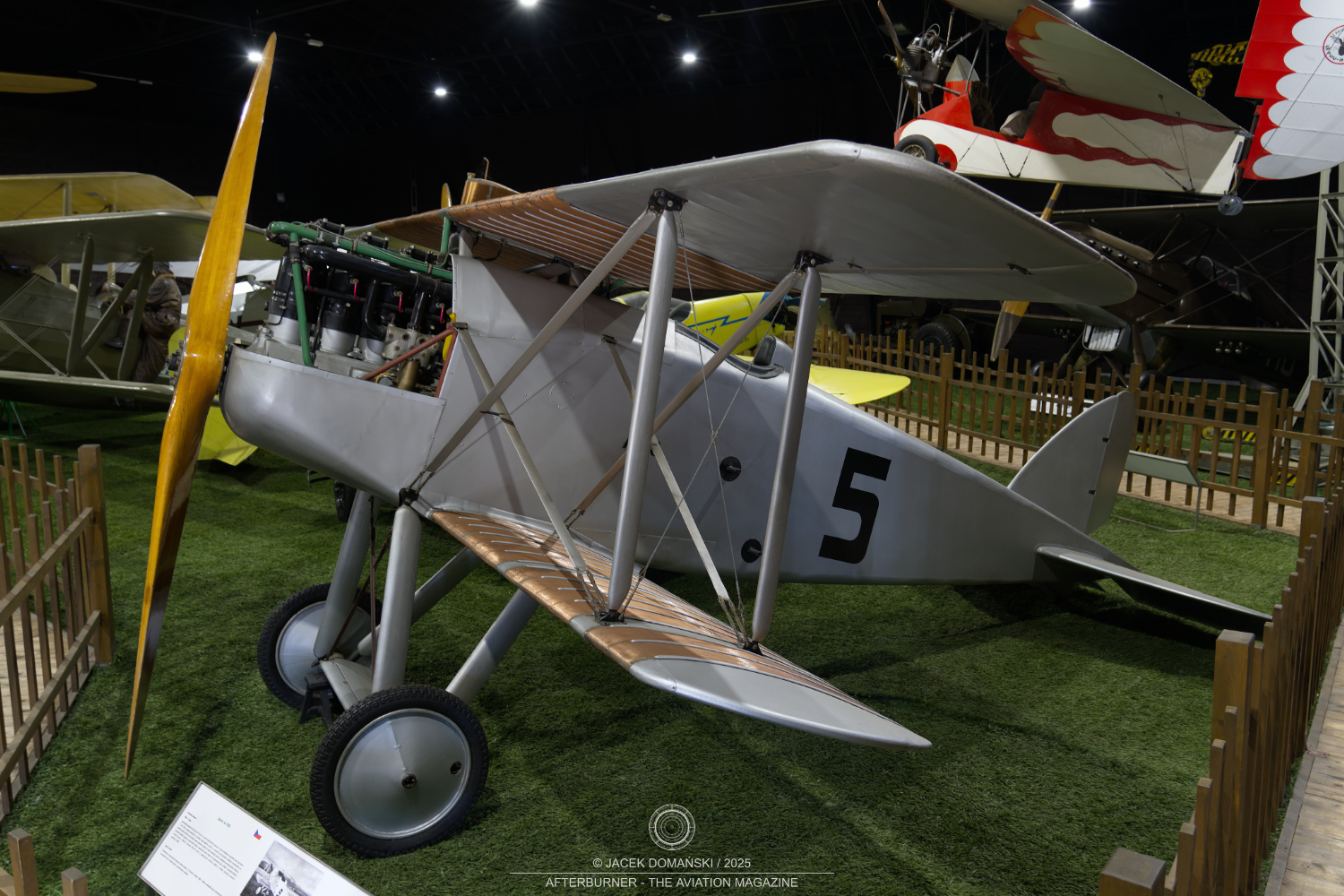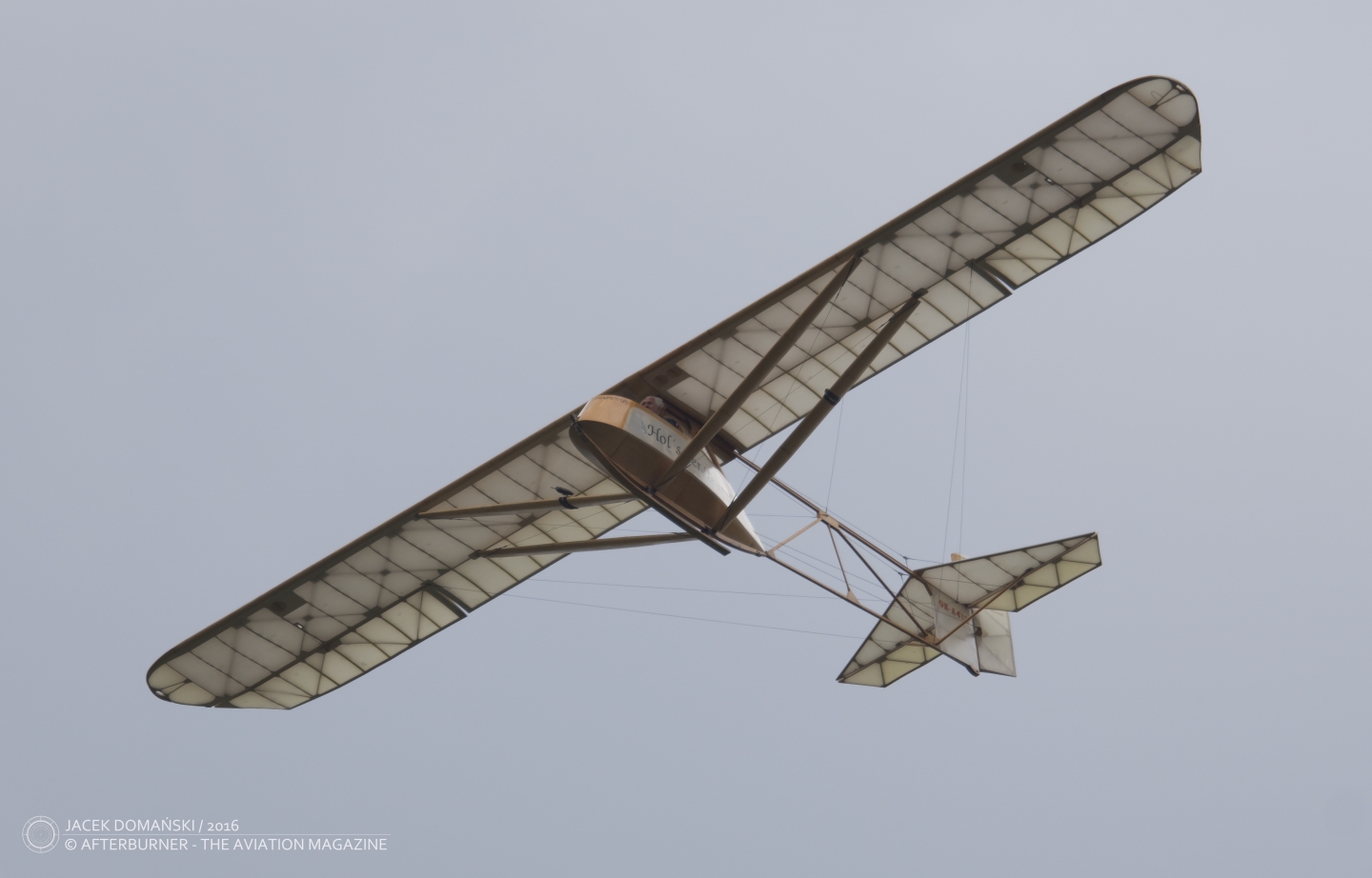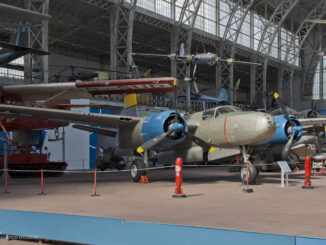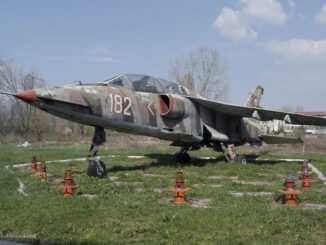 Aero A-18C (c/n ?, “Black 5”) racing aircraft, exhibited at Letecké muzeum Kbely (Kbely Aviation Museum), Prague, September 2025.
Aero A-18C (c/n ?, “Black 5”) racing aircraft, exhibited at Letecké muzeum Kbely (Kbely Aviation Museum), Prague, September 2025.
In March 1923, a new biplane fighter developed by the Aero aviation company, designated the A-18, successfully made its maiden flight. Designed by Antonín Vlasák and Antonín Husník, the aircraft was later approved for service with the Czechoslovak Air Force and became the company’s only serial manufactured fighter.
In the middle of that year, the A-18 was presented to the international public at an aviation fair in Sweden. Although the aeroplane attracted some interest, it did not lead to any sales. Consequently, Czechoslovakia remained the sole customer for this type of aircraft. A total of twenty production examples of the A-18 were built and operated by the country’s air force between 1924 and 1931.
The A-18 was well rated for its flying characteristics but, at the same time, criticised for its tall and narrow landing gear. During its operational service with the Czechoslovak Air Force, the aircraft—nicknamed Špaček (“Starling”)—recorded a particularly high number of accidents, the majority of which were linked to the undercarriage. The biplane was powered by a 185 hp Walter-III six-cylinder inline engine and armed with two Vickers machine guns.
In June 1923, five A-18 aeroplanes took part in the I. rychlostní letecký závod o cenu prezidenta republiky (the First Air Speed Race for the Trophy of the President of the Czechoslovak Republic). The race was won by Josef Novák, chief pilot of the Aero company, who achieved a speed of 230 kph, flying a purpose-built modified version of the aircraft, designated the A-18B. Second place was taken by an unarmed, production variant of the A-18, piloted by Captain Černý.
For the next edition of the race, the Aero company modified the aircraft even further. The biplane, designated the A-18C, featured shortened wings and a specially designed radiator, with its cooling elements fitted onto the wing surface. This allowed to remove the conventional over-engine mounted radiator and significantly improved the aerodynamics. Moreover, the special racing aircraft was equipped with a more powerful Walter W-IV (W-300) engine, producing 300 hp.
During the Second Air Speed Race, the A-18C was again piloted by Novák. The aircraft reached a speed of 263.427 kph and won the race.
In 1925, Novák and the A-18 set two national altitude records, achieving 8,651 metres in March and then 9,140 metres in May.
Regrettably, the A-18C did not survive in its entirety. In the late 1980s, reconstruction of the biplane was launched by Vojenský historický ústav Praha (Military History Institute Prague – VHU), with works carried out by Letecké opravovne Trenčín (Aircraft Repair Company Trenčín).
The aeroplane was rebuilt using original parts, including the engine, propeller and the unique wings with integrated cooling elements. Fortunately, the latter have been preserved by the National Technical Museum in Prague.



